I was ten when the Khmer Rouge took power in Cambodia in 1975 and I have to say that the ensuing years of the persecution, slaughter, starvation and misery of the Cambodian people didn’t really feature on my radar at home in Yorkshire, England. I do remember hearing the name Pol Pot and, after the fall of the regime in 1979, I remember we had some fundraising events at school for the children of Cambodia, but that was the extent to which this horrific period in the history of south-east Asia impacted on my life. So, before our recent trip to Cambodia, I read a lot about these years and was moved to tears by some of the stories. I was keen to see for myself the remnants of the regime and to give some context to the personal accounts I’d read.
So it was that our first port of call on our only full day in Phnom Pehn was to Tuol Sleng Genocide Museum. Prior to 1975, this building was a secondary school which would have echoed to the sounds of children playing, but there is no sense of this now. The regime transformed the school into the biggest prison in Cambodia and called it S-21 (security office 21). The original school was surrounded by a ten-foot high double wall surmounted by dense barbed wire. The classrooms on the ground and first floors were divided into single cells barely big enough for a person to lie down in. Those on the second floor were used for mass detention – scores of people being shackled together at the ankles and wrists and forced to lie side-by-side, top-to-toe like sardines in a tin. Over the next few years, more than eighteen thousand victims (peasants, doctors, students, monks, ministers, foreigners, anyone…..) were imprisoned here along with their wives and children and most, if they didn’t die here, were subsequently exterminated in the ‘killing fields’.
A visit to the museum now is a chilling reminder of man’s inhumanity to man. Petter, our tuk-tuk driver, delivered us to the gates at 10.15am, just in time to make our way to the far end of the complex to watch one of the two daily screenings (10.30am and 3.0pm) of a very moving documentary. The film tells the personal stories of inmates and their families as well as those of some of the guards who worked at S-21. It is harrowing to watch, but gives real meaning to your tour of the buildings.
Tuol Sleng Genocide Museum today is not a glossy western-style museum with carefully labelled exhibits displayed behind polished glass. No, it is a gritty, no-holds-barred testament to what went on here. The rusting bars have been left on the windows. The barbed wire mesh to prevent inmates jumping from the open landings is still there, with no thought being given to the unsuspecting tourists who catch their clothing or scratch their arms! The cells contain instruments of torture placed simply on the cast-iron bed frames. There are rooms full of row upon row of head and shoulder photos of inmates. Other rooms contain random heaps of prisoners’ clothes and shoes. Bloodstains can still be clearly seen on floors and walls. Some rooms are empty and it is in these spaces that you can hear the tortured voices calling to you from the past. One of the most disturbing rooms contains a number of skulls and other bones belonging to victims of the regime. A couple of former classrooms now house a collection of paintings by Heng Nath, a survivor of S-21. These graphically depict the horror of the place. In the rooms where the authorities have displayed images of Pol Pot and his cohorts to illustrate the written history, these pictures have been defaced by ordinary Cambodian people visiting the museum. Who knows what personal tragedy lies behind the action of scratching out the eyes and mouths of these feared and loathed people?
In the former school grounds, amongst other relics, are the gallows used to torture victims. There are also the graves of the last fourteen victims of S-21, discovered after the Khmer Rouge had fled the place.
Walking around Tuol Sleng, I experienced a physical reaction to what I was seeing. It was like nothing I had ever felt before. Pol Pot was in charge in Cambodia for 3 years, 8 months and 20 days and was responsible for the deaths of over 3,000,000 people. Every visitor to Cambodia should visit this place and take the message away with them that what happened here should never be allowed to happen again.
You can see more of my photos here.
Join our mailing list

Sign up to receive our monthly newsletter. Keep up with what we're doing and be the first to receive special offers and insider tips.


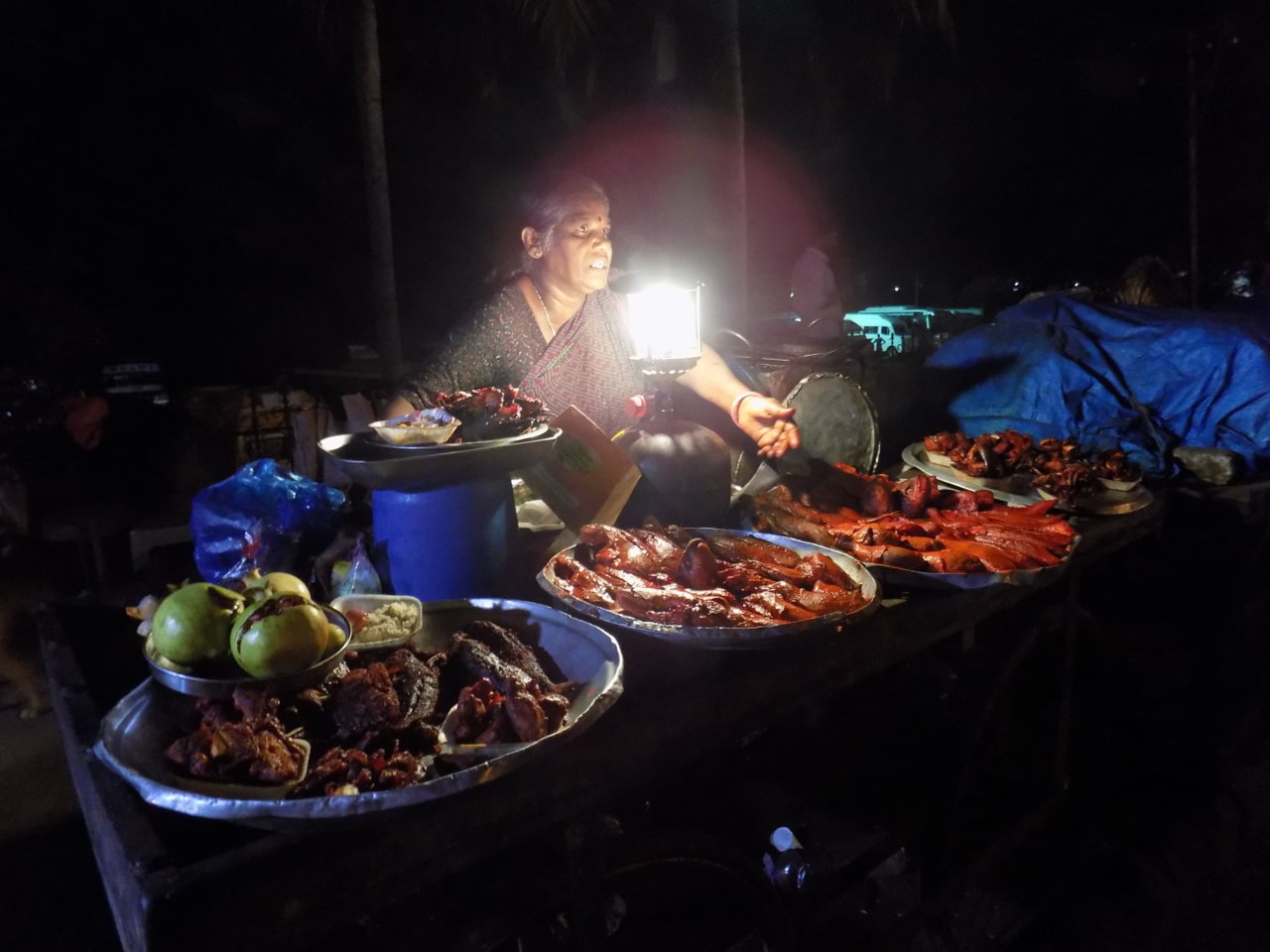

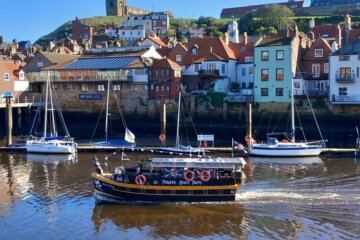
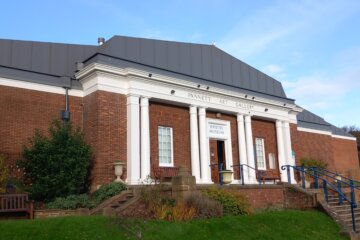

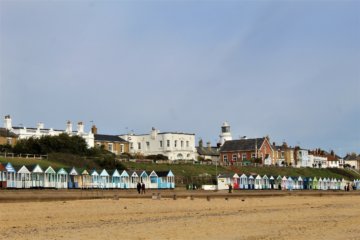
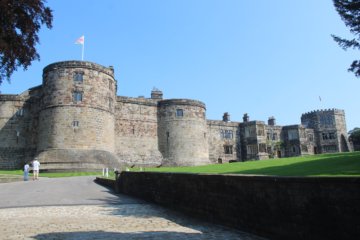
there are no words to tell my feeling !!! only not to forget, never forget. and you are right andréa enjoy every day of our life. lucky persons we are !!! i love to travel with you on your blog and on facebook kisses from Thiers a very very very little place in the world !!! claire
Thank you, Claire! Love to you, Eric & the family!!
I visited here last year. I was truly moved to tears. It doesn't register with me how humans can treat each other this way. I didn't know about the movie screenings so I'd like to see that the next time I visit.
I couldn't agree more, Mike! The inhumanity seemingly knows no bounds. I'd definitely recommend the screening if you go again.
I was there roughly 2weeks ago,touching and sad khmer people had to endure such horror and you could definately still feel there pain some 30 years later, had ,this kind of torture just did not make any sense at all,seeing a lady holding her new born baby in an electric chair minutes before her execution was all too much i had too leave and call it a day.
I understand why you had to leave – such a harrowing place to visit!
it's a photographer's chair for taking the mugshots 😐